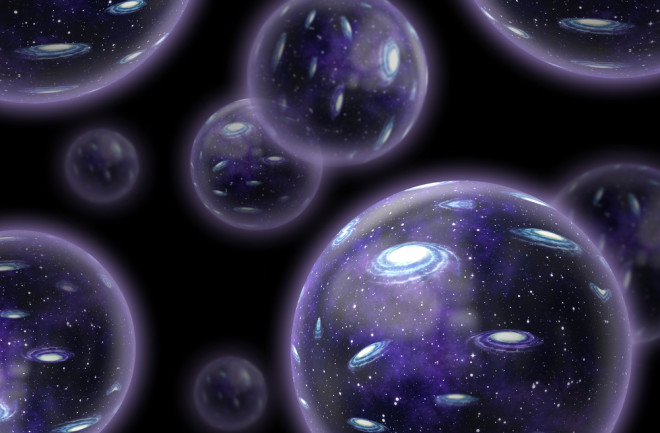Nearly a century ago, Edwin Hubble’s discovery of red-shifting of light from galaxies in all directions from our own suggested that space itself was getting bigger. Combined with insights from a handful of proposed non-Euclidean geometries, Hubble’s discovery implied that the cosmos exists in more than the three dimensions we’re familiar with in everyday life.
That’s because parts of the cosmos were moving further apart, yet with no physical center, no origin point in three-dimensional space. Just think of an inflating balloon seen only from the perspective of its growing two-dimensional surface, and extrapolate to four-dimensional inflation perceived in the three-dimensional space that we can see. That perspective suggests that three-dimensional space could be curved, folded, or warped into a 4th dimension the way that the two dimensional surface of a balloon is warped into a 3rd dimension.
We don’t see or feel more dimensions; nevertheless, theoretical physics predicts that they should exist. Interesting, but are there any practical implications? Can they become part of applied physics?

